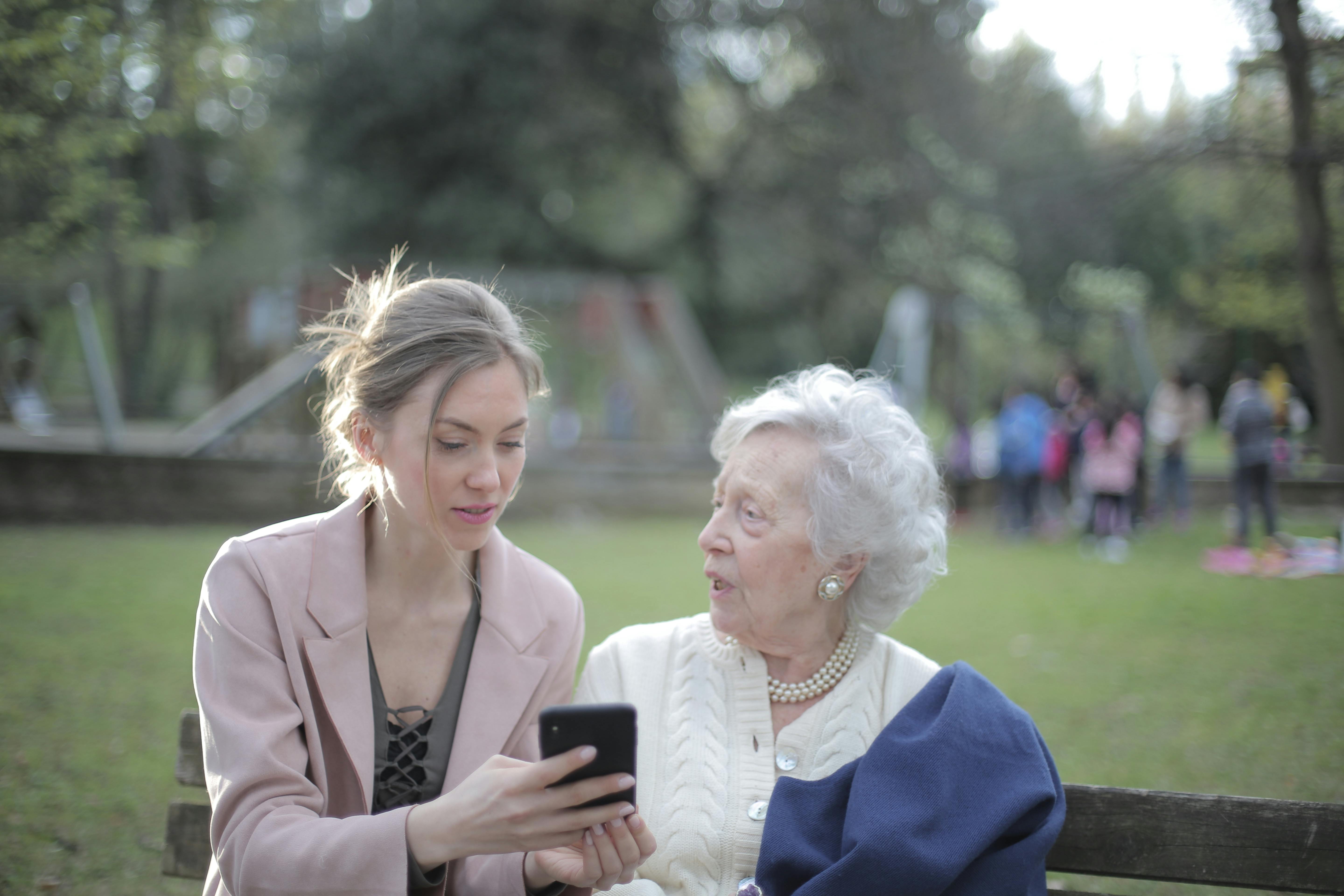When the initial HPV (human papillomavirus) vaccine was released in 2006, it was met with huge public outcry in the United States from parents, pediatricians, and concerned politicians. His claim was that vaccinating pre-adolescent girls and boys would encourage riskier adolescent sexual behaviour.
The idea was that the vaccine would give young adults a false sense of protective security and thus encourage them to engage in riskier sexual activities (sex without a condom, more partners, etc.). The researchers immediately began structuring studies that would investigate the claim, and several studies were launched across the country.
The conclusions of the research were that there was no evidence to suggest a link in riskier adolescent sexual behaviors among vaccinated adolescents. Despite the clinical evidence, the idea of mandatory HPV vaccinations has sparked great controversy across the country. Reasons cited favorably for adult opposition were that it was not needed for their child or that their child was not sexually active. Doctors have also raised concerns about discussing sexual activity and behavior with preteen patients.
Abstinence remains the predominantly taught form of sex education in the United States. HPV is transmitted predominantly through sexual contact, which means that vaccinating pre-adolescent girls means recognizing the potential for sexual activity in pre-adolescents and young adolescents at the legislative level. For many parents, politicians, and doctors, this creates uncomfortable emotional responses and has led to a push within the United States to defer the recommended age for vaccination until sometime in the teens.
The concept of mandatory HPV vaccinations is not revolutionary: Western European countries, the United Kingdom, Canada, and Australia have since incorporated HPV vaccines into mandatory school immunization schedules. The HPV vaccine is unique in that it is one of the few drugs known to directly reduce the risk of specific cancers.
In the early 20th century, cervical cancer was the leading cause of cancer-related death among American women. With the introduction of regular Pap tests and understanding of the HPV virus, cervical cancer now affects approximately 12,000 women per year and causes approximately 4,000 deaths per year.
In general, the issue of cervical cancer is very different. It is the second most common cause of cancer-related death among women and disproportionately affects women of childbearing age. Unfortunately, more than 80% of all cases of cervical cancer occur in the developing world and more than 300,000 women die each year and thousands more are affected financially, socially and emotionally.
For the first time in human history, we have the opportunity to reduce the risk of a specific type of cancer for our children and young people. As healthcare providers and citizens of the world, it is our responsibility to work to minimize barriers to access to these types of vaccines.










